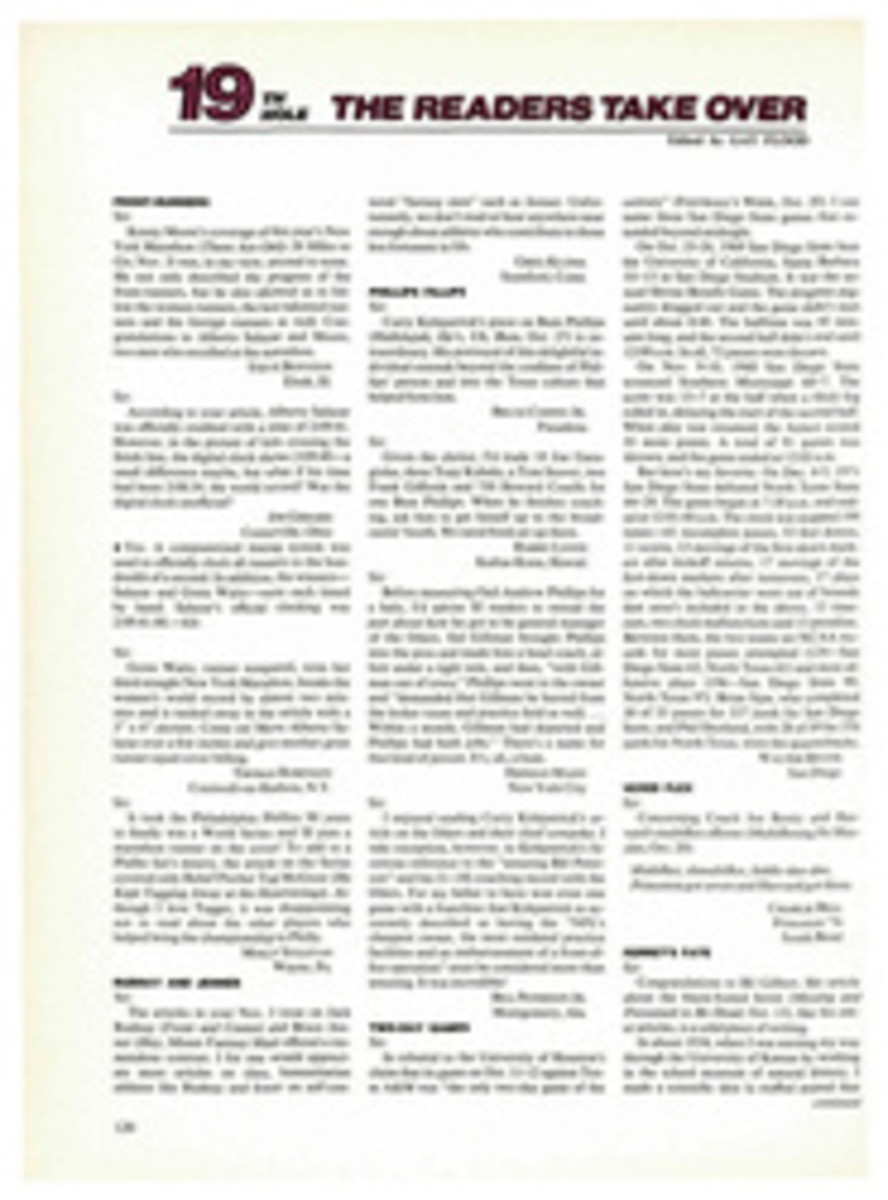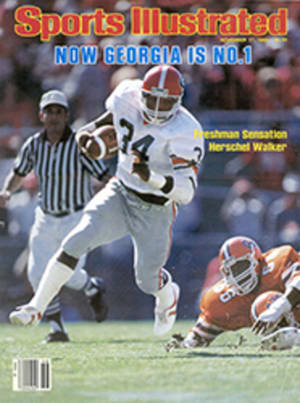
IN THE SLICK WORLD OF SUPERCLUBS, A + B EQUALS SPORT, FITNESS, GLEE
An idea that has struck a number of modern entrepreneurs is this: if people like A and people like B, then people will love A and B together. Any enterprise that combines pleasures, like roller skating and disco dancing (roller disco), or basic functions, like banking and bill-paying (full-service banks), seems worth financing these days.
Take Chicago's Lakeshore Centre, at 1320 West Fullerton Ave., one of the first and certainly the most diversified of the "superclubs" sprouting across America. In the breathless hype of Lakeshore Centre's P.R. people, superclubs are defined as "lavish, sprawling temples of sport...." In simpler terms, YMCAs with amenities—A + B. Or, in Lakeshore's case, A + B + C. It also has a disco.
The superclub idea isn't new; a number of older urban athletic clubs offer multifloor arrays of courts, dining areas, locker rooms. But those places are generally conservative if not tacky in appearance, their ambience defined by hissing pipes, dim bulbs and the pungent odor of ripe socks.
At Lakeshore Centre, however, it is held to be self-evident that sport and fitness should be part of every sensible young person's life, pursued in fashionable surroundings.
It took a roofs caving in, literally, for Lakeshore Centre to come about. During the blizzard of 1979 tons of snow piled up on the roof of what was then the Lakeshore Racquet Club, and it collapsed on the center tennis courts. No one was killed, but 29-year-old Jeffrey Kaiser, one of the partners, was devastated. "We didn't know what to do," he says, speaking for the other two partners. "Rebuilding the same racquet club didn't make sense. Then we noticed how many joggers there were in the area. And we thought perhaps we could combine tennis and jogging. One sport just led to another." So they hired Richard Himmel, a noted Chicago designer, to remodel the four-story, 200,000-square-foot former warehouse. Himmel turned it into a high-tech showcase, with 10 indoor tennis courts, seven outdoor courts, eight racquetball courts, a quarter-mile track (with pacing lights), a Nautilus room, an indoor pool, a squash court, saunas, steam rooms, meeting rooms, a coed whirlpool and an electronic "mogul" ski slope—all in operation 24 hours a day, 365 days a year.
In the center of the building, overlooking the courts, are the restaurant and bar where athletes can quaff Perrier or martinis, forge relationships and undo whole training programs. The disco is upstairs.
"We wanted a social environment where people who are interested in being physically fit can meet and mix with others who share that interest," says Kaiser. "I don't think there's anything wrong with that. Even Bill Rodgers loves a beer after running."
Most of the members of Lakeshore Centre are in the 25-to-35 range, upwardly mobile and apparently single. Yearly dues are $175, and there are more than 10,000 members, at least half of them women.
Obviously, the superclub concept is working. Lakeshore members fill the facility around the clock. Says Petey Nelson, a bar manager, during a late-night visit, "With all the stuff they offer, if you had a place to sleep, you'd never have to leave."
When it comes to superclubs, of course, that's the point.

